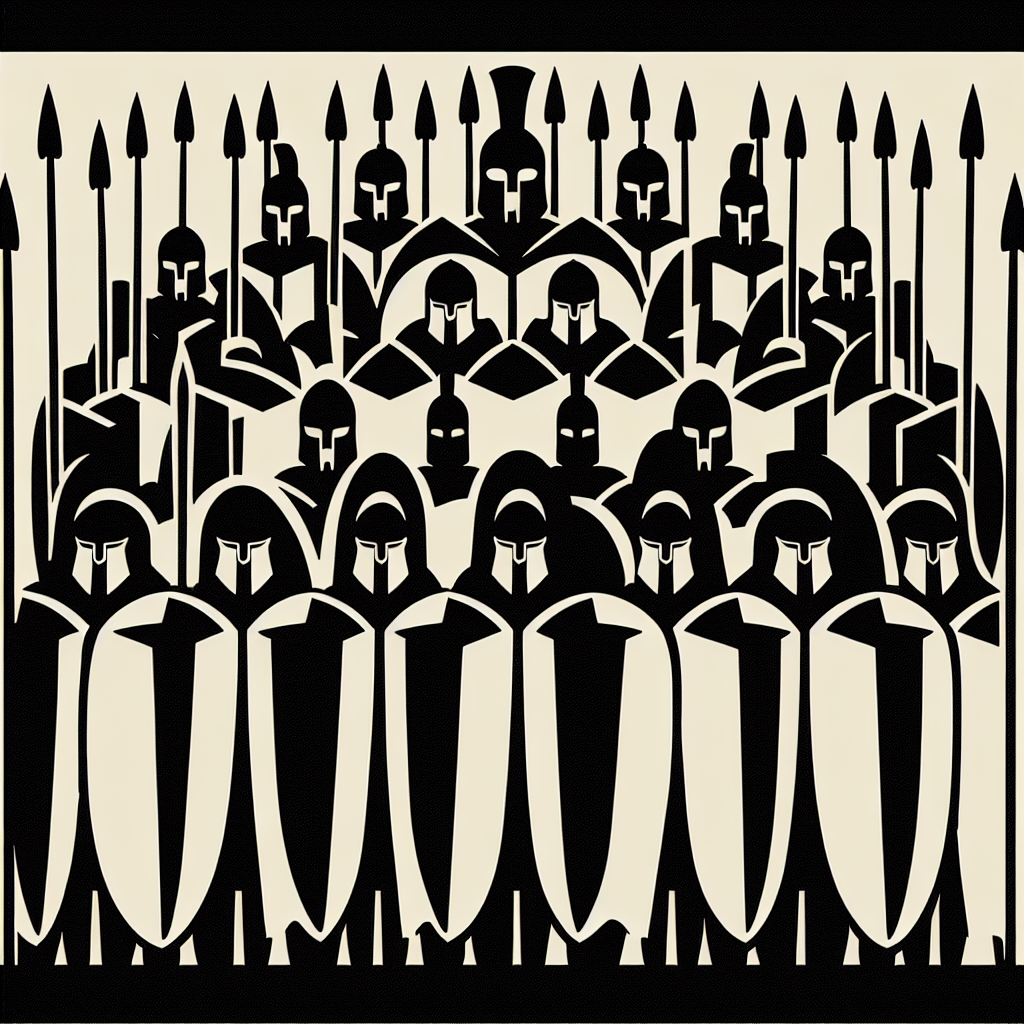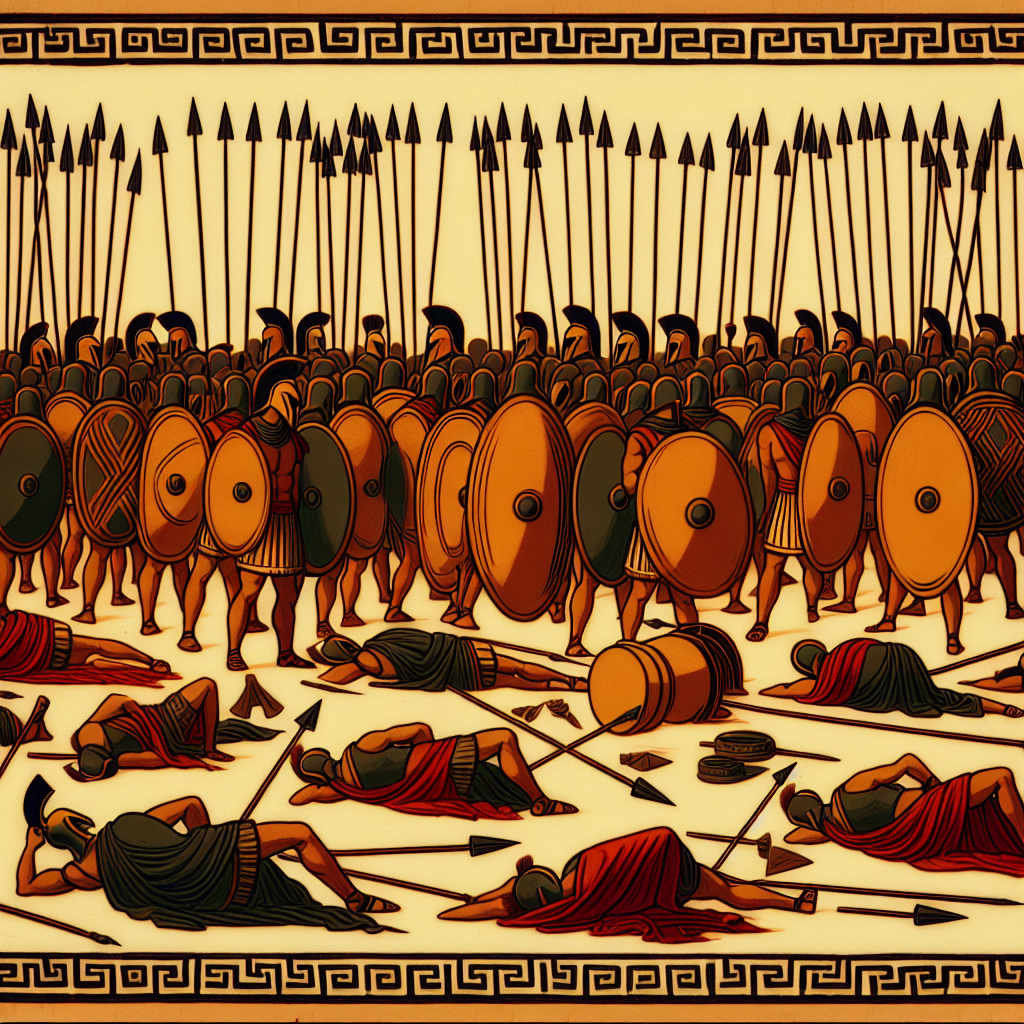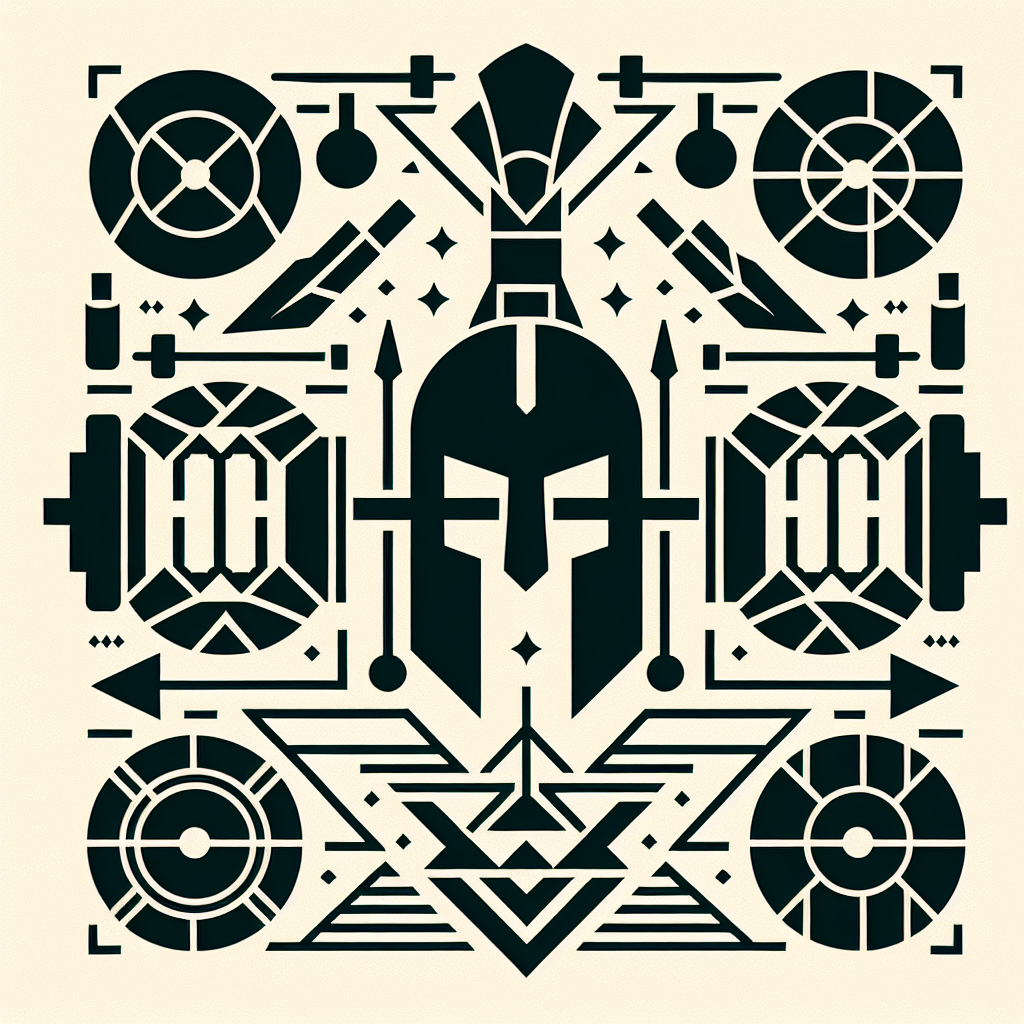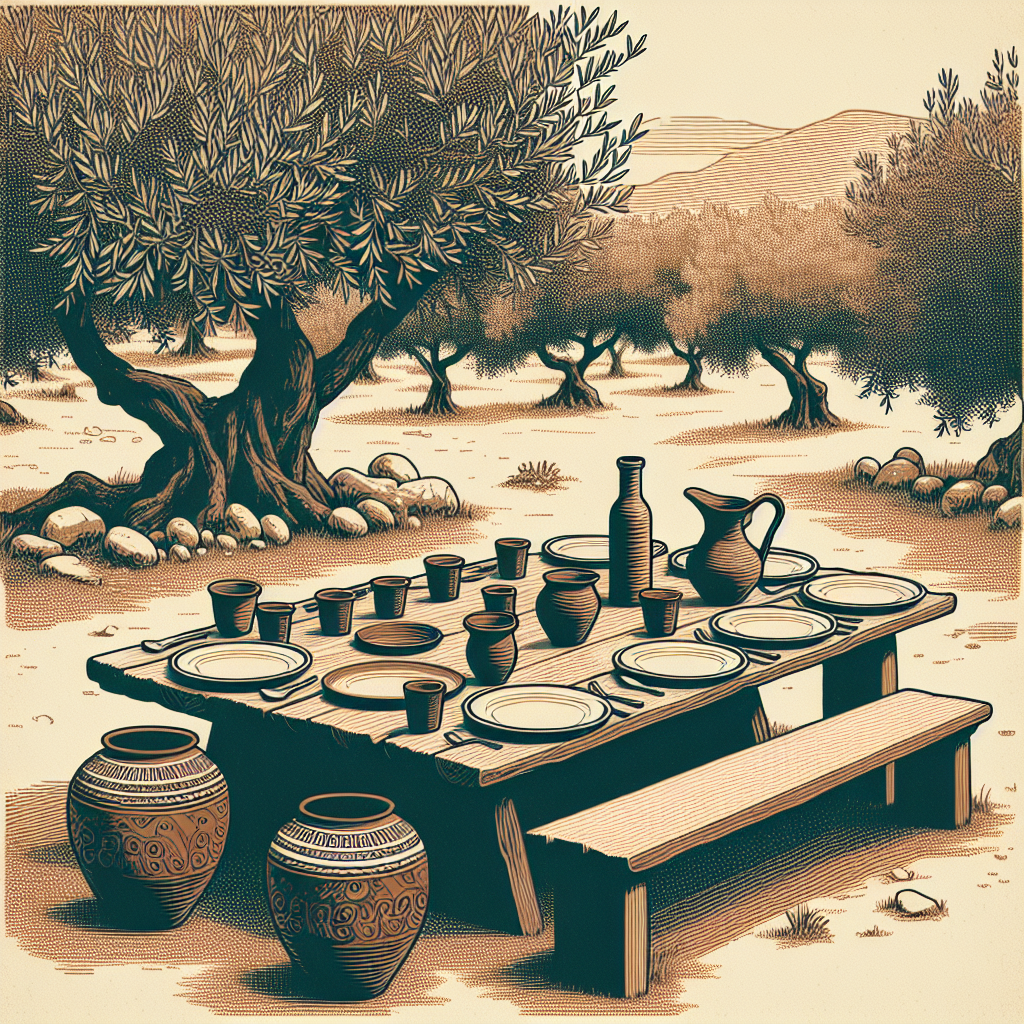Spartan Society and Politics
As you step into Sparta, you’d find yourself in a world where social hierarchy is paramount. Spartan society was divided into three main classes: the Spartiates, who were full citizens; the Perioeci, free but non-citizen inhabitants; and the Helots, who were essentially serfs owned by the state. Moving between these classes was virtually impossible. You might feel frustrated or helpless witnessing such a rigid class system that seems so foreign to contemporary ideas of social mobility and equality. Ancient historians Herodotus and Thucydides provide detailed accounts of this structure, as noted by Figueira, offering insight into how deeply entrenched these divisions were.

Culture vs Individuality
The suppression of personal desires for the benefit of state needs would likely shock you. In Sparta, individual wants were often considered secondary to communal goals—especially military readiness. You might struggle with this collectivist mindset as it stands in stark contrast to modern individualism. The Spartan culture fostered loyalty and conformity from an early age through their educational system known as the agoge. Powell’s “Athens and Sparta” delves into these cultural dynamics, revealing how personal freedoms took a backseat to collective responsibility.


Childhood Training
Observing Spartan children undergoing communal upbringing and military training could be disturbing yet evoke sympathy. At seven years old, boys were enrolled in the agoge system where they learned survival skills, combat techniques, and developed physical endurance—far removed from today’s child-centric education systems which focus on nurturing individual talents across a broad spectrum of subjects. Jean Ducat’s “Spartan Education” provides an extensive look at this unique formative process that shaped Spartan children into warriors above all else.


Exercise Regimen
Participating in physical training alongside Spartans could be exhilarating as it mirrors today’s fitness culture. Both men and women engaged in rigorous exercise regimes to maintain peak physical condition—a practice necessary for their militaristic lifestyle but also surprisingly progressive in terms of gender equality compared to other ancient societies. Classical authors like Xenophon and Plato emphasized this aspect of Spartan life, highlighting its importance within their society.


Dining Customs
Experiencing Spartan food customs first-hand would present a mix of temptation due to local flavors but also surprise at its simplicity. The Spartans’ common meals or syssitia promoted unity among citizens while their diet mainly consisted of locally sourced foods—a practice that aligns well with modern sustainability efforts. Kennell’s “The Gymnasium of Virtue” sheds light on these dining customs which reflect not only Spartan austerity but also an early form of communal living.


References:
- Cartledge, Paul (2002). “Sparta and Lakonia: A Regional History 1300–362 BC.”
- Figueira, Thomas J., ed (2018). “A Companion to Sparta.”
- Powell, Anton (1988). “Athens and Sparta: Constructing Greek Political and Social History from 478 BC.”
- Ducat, Jean (2006). “Spartan Education: Youth and Society in the Classical Period.”
- Kennell, Nigel M (1995). “The Gymnasium of Virtue: Education & Culture in Ancient Sparta.”

